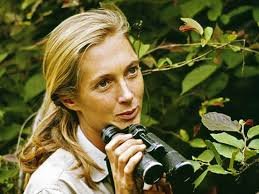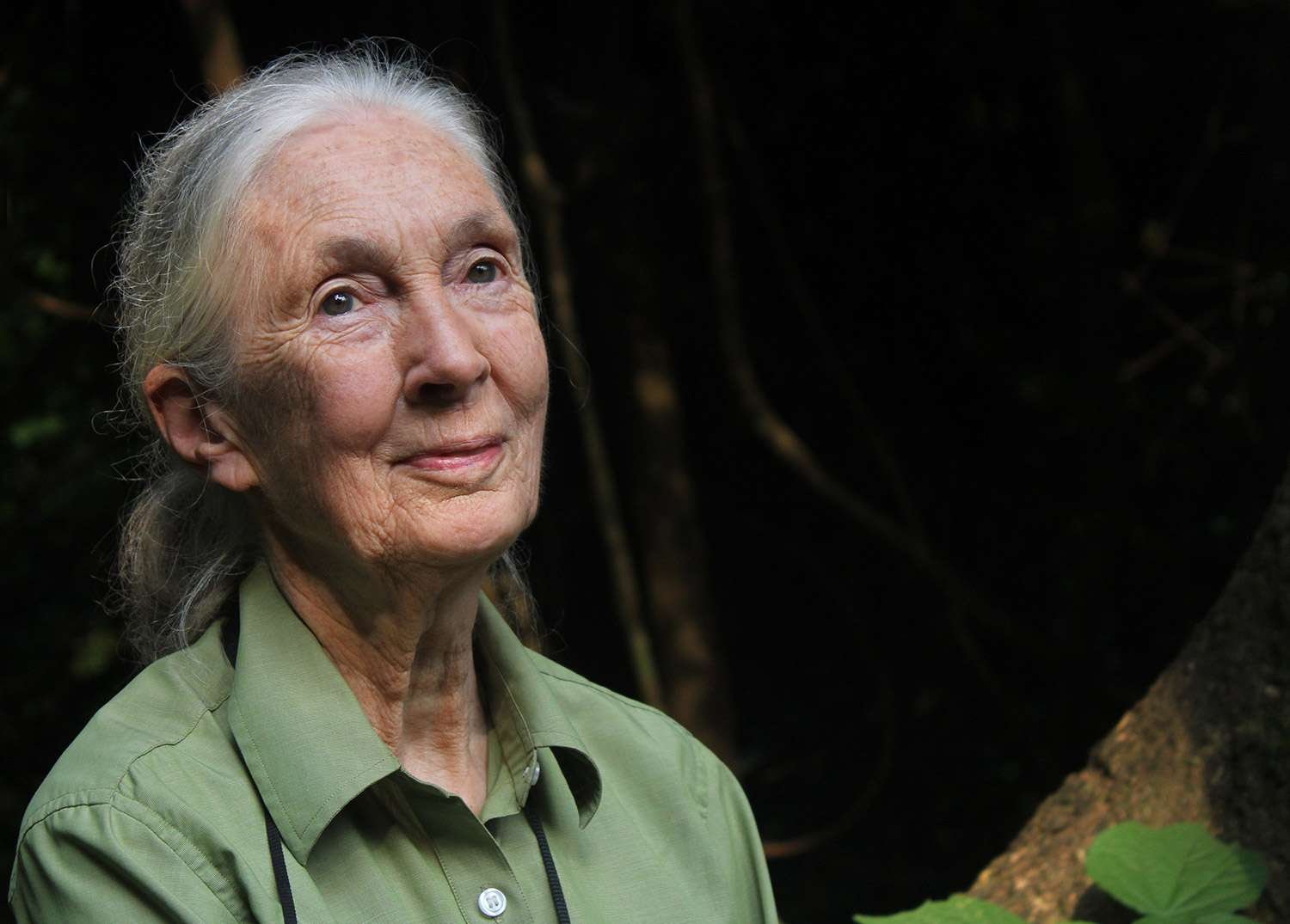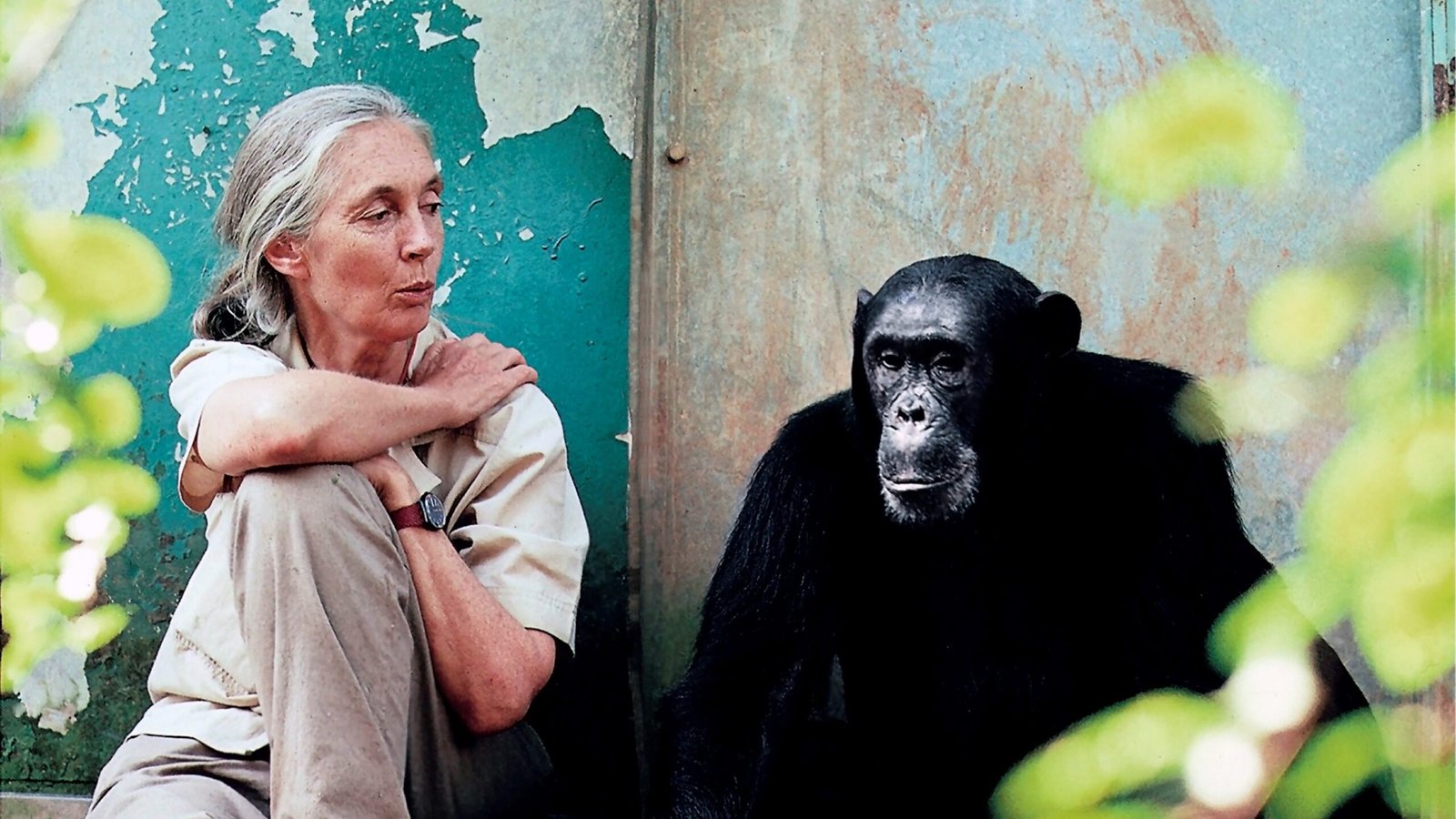Jane Goodall, the primatologist who forever changed our understanding of humanity’s closest relatives and became a tireless global advocate for the natural world, has died at the age of 91. She passed away of natural causes on October 1, 2025, in California, where she was still on a speaking tour — proof that her mission carried her until the very end.
The Jane Goodall Institute, which she founded in 1977, confirmed her death: “Dr. Goodall’s discoveries as an ethologist revolutionized science, and she was a tireless advocate for the protection and restoration of our natural world.”
A Childhood Dream
Goodall’s story began in London in 1934. Growing up in Bournemouth, she was a child who seemed destined for adventure. A stuffed monkey named Jubilee — a gift from her father — became her most cherished companion. Books like Tarzan of the Apes and Doctor Dolittle fed her imagination. By age 10, she knew she wanted to live in Africa and work with wild animals.
The dream seemed impossible: she could not afford university, so she trained as a secretary and worked clerical jobs. But in 1957, a friend invited her to Kenya. Goodall saved her wages, booked a passage by boat, and on her 23rd birthday stepped onto African soil. There she met anthropologist Louis Leakey, who soon asked her to study chimpanzees in what was then Tanganyika (now Tanzania).
Into the Forest
At 26, Goodall arrived in the rugged Gombe Stream forest. The terrain was steep, leopards and buffalo lurked nearby, and she often camped alone. But she was unshaken: “It was what I always dreamed of,” she later said.
What she observed there changed science. She discovered that chimpanzees were startlingly like humans: they kissed, embraced, held hands, and showed tenderness, but could also be violent and wage war. She documented them using and even making tools — a revelation that forced scientists to reconsider what separated humans from animals.
Her decision to name rather than number the chimps — David Greybeard, Flo, Fifi — broke convention, but it reflected her conviction that they were individuals with personalities and emotions.
“There isn’t a sharp line dividing humans from the rest of the animal kingdom,” she told a TED audience in 2002. “We are part of it.”

Bringing Gombe to the World
Her research gained fame through National Geographic films and magazine spreads. In 1965, the CBS special “Miss Goodall and the World of Chimpanzees” introduced her beloved chimps to living rooms across America. By the 1970s, her books like In the Shadow of Man (1971) cemented her reputation as both scientist and storyteller.
With her fame came cultural influence. She became a role model for women entering science — a field where they were once almost absent. When she began her career, only about 7% of scientists were women; by 2011 that number had risen to 26%, a change her institute partly credits to her trailblazing presence.
In later years, she even inspired toys: in 2022, Mattel released a Jane Goodall Barbie, dressed in khaki and holding binoculars, made from sustainable plastics. “My entire career, I’ve wanted to inspire kids to be curious and explore the world,” she said at the time.
From Scientist to Activist
By the 1980s, Jane realized that science alone would not save the chimpanzees. Habitat destruction was accelerating, and poaching threatened entire populations. So she left the forest to become a conservationist and global activist.
The Jane Goodall Institute expanded from Gombe into a worldwide movement, and her Roots & Shoots program empowered youth in more than 100 countries to take action for the planet. She traveled up to 300 days a year well into her 80s and 90s.
She spoke out not only for wildlife but for the planet itself. In 2019, she warned, “We are imperiled. We have a window of time. I’m fairly sure we do. But we’ve got to take action.”
Even during the COVID-19 pandemic, she pointed to human behavior as the root cause of zoonotic outbreaks: “We have disrespected the natural world. We’ve driven animals into closer contact with humans… creating a perfect environment for viruses to jump species.”
Her advocacy extended into unexpected arenas. In 2022 she partnered with Apple to promote tech recycling, urging consumers to reduce waste and protect ecosystems from destructive mining.
“It’s possible to make money without destroying the planet,” she said. “We’ve gone so far in destroying the planet that it’s shocking.”
A Life of Family and Loss
Goodall married wildlife photographer Hugo van Lawick in 1964. They had one son, Hugo Eric Louis, nicknamed “Grub.” Though they divorced in 1974, their work together left a lasting legacy in both film and science. Van Lawick died in 2002.
In 1975, she married Derek Bryceson, head of Tanzania’s national parks, who died of cancer in 1980. She never married again, devoting herself to her work.
Honored, but Always Humble
Over her lifetime, Goodall wrote more than 30 books, including Reason for Hope: A Spiritual Journey (1999) and The Book of Hope (2021). She received the Templeton Prize, was named a Dame of the British Empire, and was awarded the U.S. Presidential Medal of Freedom in 2025. Yet she remained modest, often marveling at her own unexpected path. “It never ceases to amaze me that there’s this person who travels around and does all these things. And it’s me. It doesn’t seem like me at all,” she said in 2014.
The Hope She Leaves Behind
To the end, Jane insisted that hope was essential. “Yes, there is hope… It’s in our hands, it’s in your hands and my hands and those of our children. It’s really up to us,” she said.
Her legacy lives not only in scientific history but in every conservationist, student, and child who learned from her that our shared planet is worth protecting.
The girl who once dreamed of Africa became the woman who changed the world. And she left us with the lesson that compassion, curiosity, and hope are the tools that can still save it.

